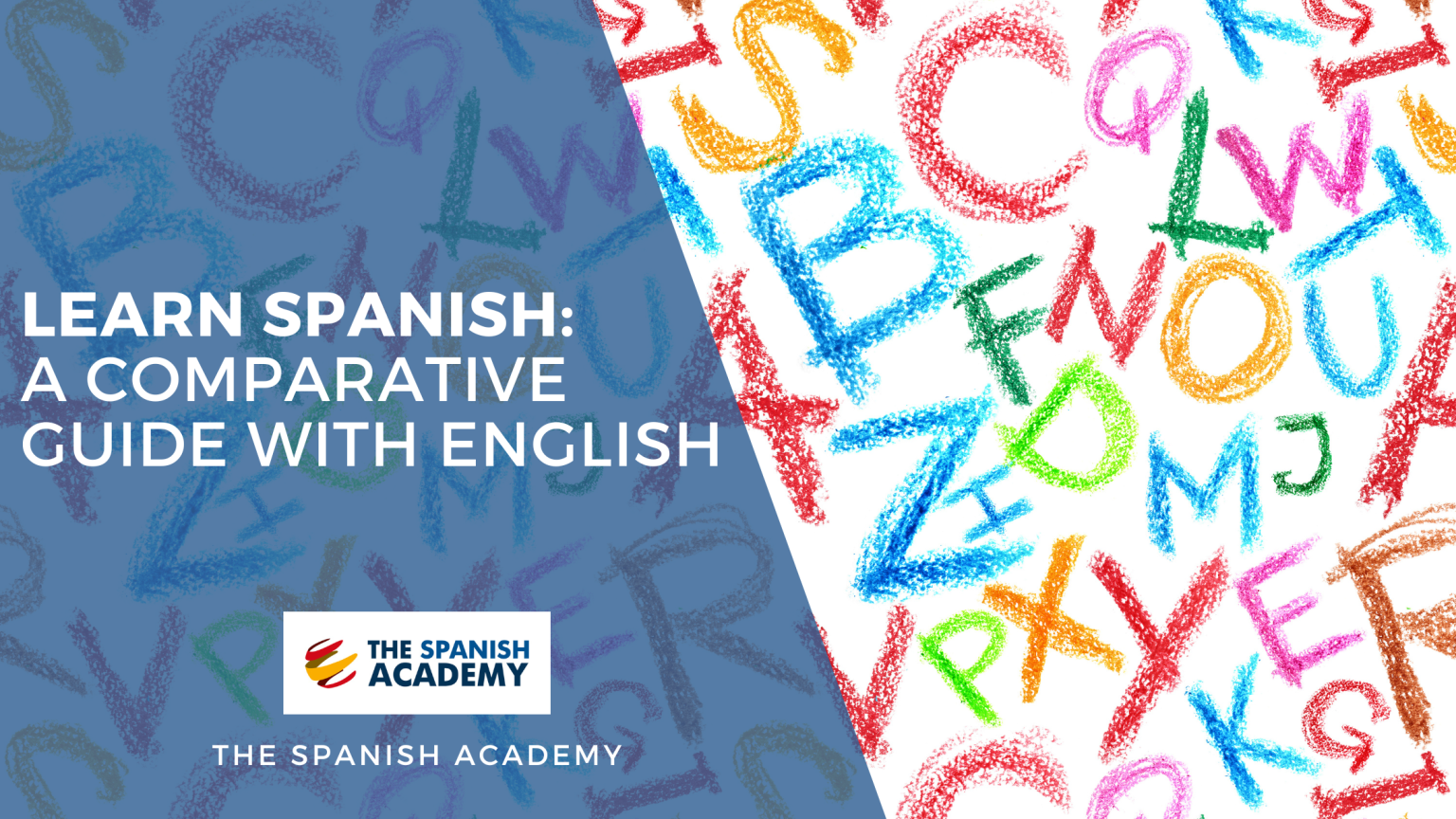As you embark on your journey to learn Spanish, understanding the similarities and differences between your native language (in this case, English) and Spanish can be incredibly beneficial. This comparative guide will explore the grammar, vocabulary, pronunciation, and even the cultural nuances of the two languages to aid your learning process.
Learn Spanish Grammar
Similarities
One of the comforting aspects when you start to learn Spanish is that both English and Spanish follow a Subject-Verb-Object (SVO) sentence structure. For instance, in the English sentence “I love apples,” the Spanish equivalent would be
“Yo amo las manzanas,” both sentences following the SVO structure.
Differences
A key difference, however, lies in the verb conjugation. Spanish is a heavily inflected language, meaning verbs change according to tense, mood, and the subject of the sentence. For example, the verb “to be” in English has two equivalents in Spanish, “ser” and “estar,” and changes based on the subject: “yo soy/estoy,” “tú eres/estás,” “él/ella/usted es/está,” “nosotros somos/estamos,” “vosotros sois/estáis,” “ellos/ellas/ustedes son/están.”
Learn Spanish Vocabulary
Similarities
As you continue to learn Spanish, you’ll find that many English words have Latin roots, which makes many Spanish words recognizable to English speakers. Words like “animal,” “hospital,” “actor,” and “color” have the same or very similar spellings and meanings in both languages.
Differences
However, caution is advised with false cognates – words that look similar in both languages but have different meanings. An infamous example is “embarazada” in Spanish, which means “pregnant,” not “embarrassed.”
You can always check all the official Spanish words at the Real Academia Española.
Learn Spanish Pronunciation

Similarities
There are some shared sounds between English and Spanish, especially with consonants like “b,” “d,” “f,” and “m,” among others.
Differences
However, Spanish pronunciation is generally more phonetic and straightforward than English pronunciation. Each vowel in Spanish has one sound, and most consonants only have one sound as well. The Spanish “r” and rolled “rr” sounds do not exist in English, which may require some practice for native English speakers.
English, on the other hand, has many irregular pronunciations that can be challenging for learners. For instance, the “ough” in “through,” “though,” “tough,” and “thought” all have different sounds.
Cultural Nuances
As you learn Spanish, you’ll also discover cultural nuances embedded within the language. For instance, the use of formal and informal pronouns (“tú” vs. “usted”) in Spanish reflects cultural norms of respect and familiarity. Understanding these cultural subtleties can enrich your Spanish learning experience and enable you to communicate more effectively.
Conclusion
Understanding these comparisons can make the process to learn Spanish more relatable and manageable. Remember, the goal is not to become perfect overnight but to enjoy the journey of learning, appreciating the beauty of the Spanish language and culture along the way. As you learn Spanish, it’s not just about understanding the words and grammar, but also about connecting with a rich and diverse world of Spanish-speaking cultures. We will teach you and much more in our amazing Spanish courses for Adults at The Spanish Academy.




